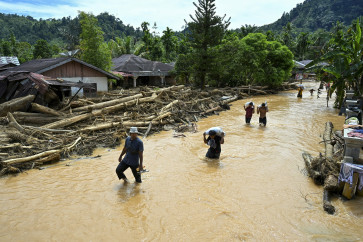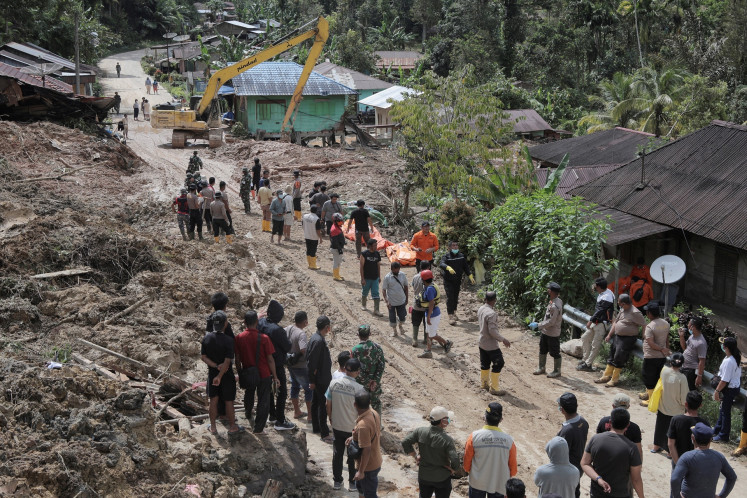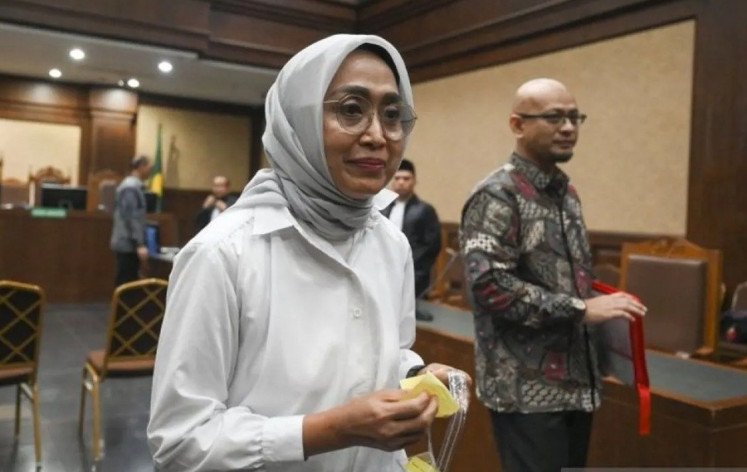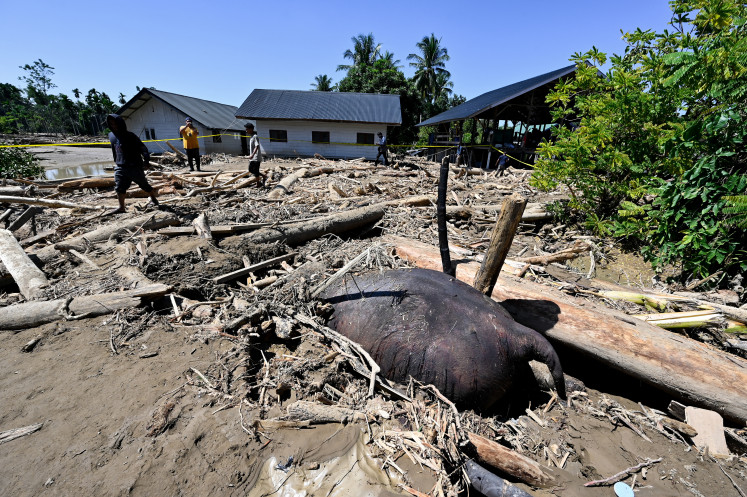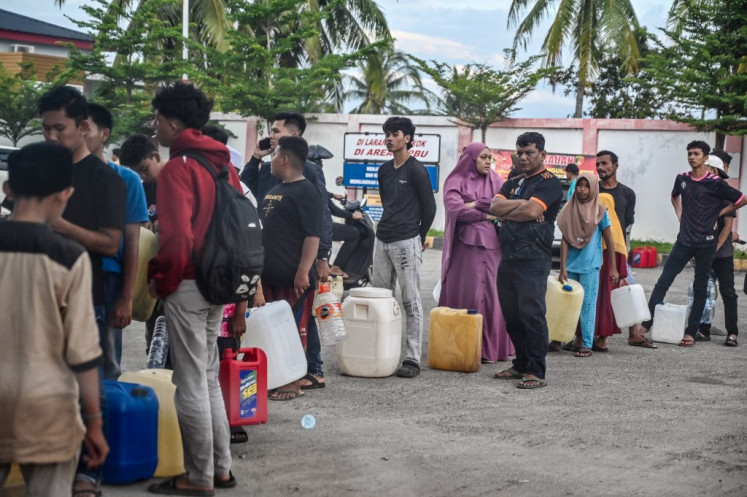Popular Reads
Top Results
Can't find what you're looking for?
View all search resultsPopular Reads
Top Results
Can't find what you're looking for?
View all search resultsAdvancing Indonesia’s carbon market agenda
Placing a price on carbon emissions is therefore essential if Indonesia and the rest of the world are to meet their climate ambitions.
Change text size
Gift Premium Articles
to Anyone
T
he need for emissions mitigation is urgent, and the call for investment dire. As Indonesia’s national debt continues to expand amid the COVID-19 pandemic, how can a recovering nation reconcile spending billions more on costly low-carbon technologies?
According to the Finance Ministry estimations, Indonesia's climate change spending needs will amount to Rp 3.77 quadrillion (US$269 billion) if it follows the Nationally Determined Contributions (NDC) pathway. This suggests that the annual budget requirement is between Rp 200 trillion and Rp 300 trillion – or almost 11 percent of the entire 2022 budget.
While there can be no denying the costs of such a venture, the government’s sentiment toward a “green transition” remains ambitious. Indonesia’s Long-Term Strategy for Low Carbon and Climate Resilience 2050, and Green Recovery Roadmap 2021-2024, puts forth a number of strategies to accelerate sustainable development. From the proposals of major structural transformations and a transition to the circular economy, to the envisioned green capital of Nusantara, one thing holds constant – the need for investment.
Robust government support alone, will not result in the successful execution of these strategies. Continued investment from the international and private sectors is needed. We believe that it is through the use of carbon markets that the government may facilitate this requisite inflow of investment.
Carbon markets function on the notion that carbon dioxide emissions – and related greenhouse gasses – have an economic value. By emitting carbon dioxide, polluters degrade the natural environment thereby also reducing the economic and social value of said environment.
A carbon market, like a carbon tax, places a price on these emissions. Prominent examples of carbon markets include China and the European Union’s Emissions Trading Schemes, as well as the Australian Carbon Credit Units scheme.
Such methods of carbon pricing are unique, in that market forces dictate the price of pollution. Where the price of carbon is in constant flux, reflecting the ever-changing dynamics of climate change and sustainable development. This distinguishes itself from a carbon tax, where a broad-based, fixed tax is levied on firms by the central government – much like the one that will be implemented on Indonesian coal-fired power plants in April this year.





